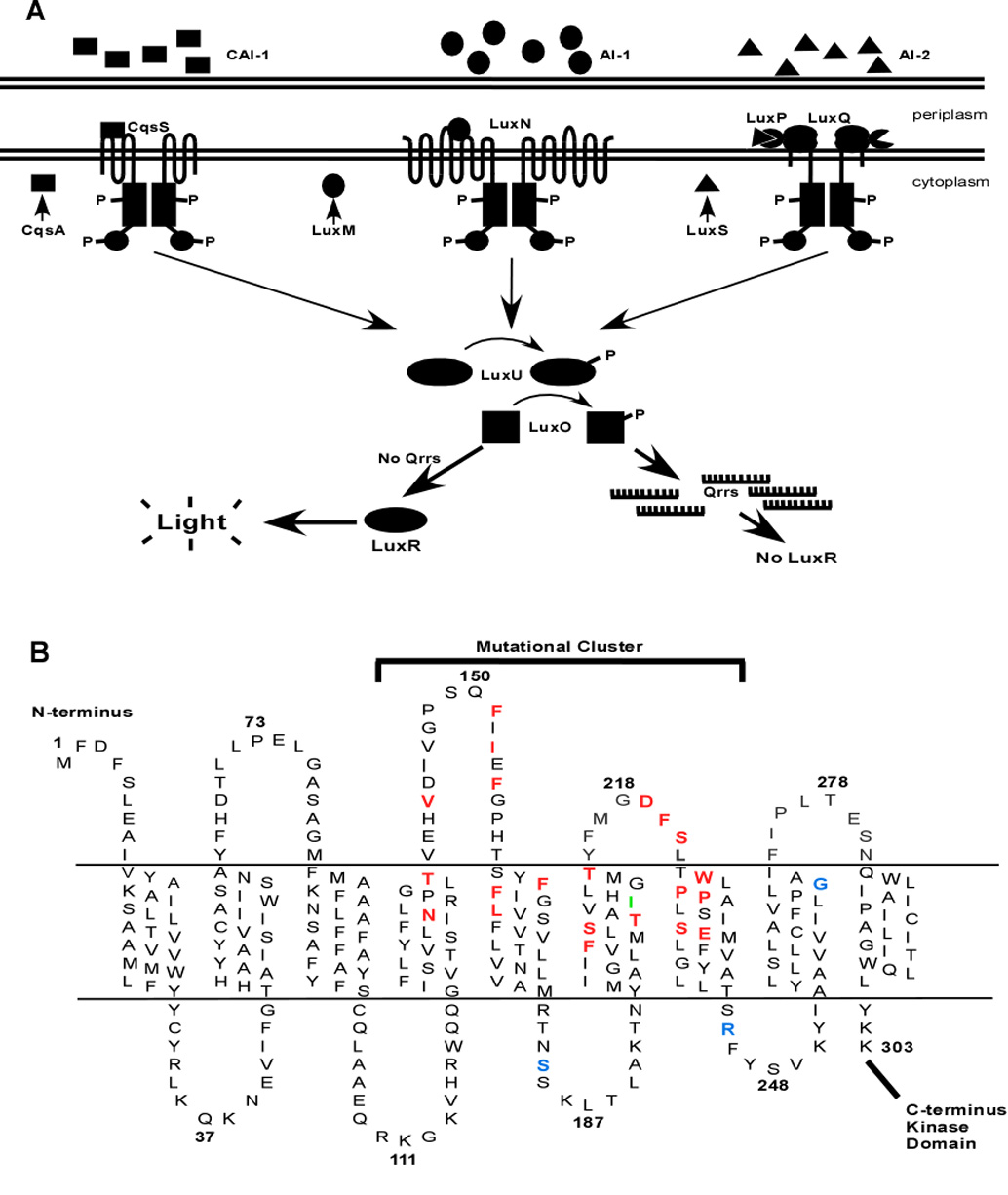Figure 1. The V. harveyi Quorum-Sensing Circuit and the LuxN Trans-Membrane Domain.

(A) The autoinducer receptor systems are CAI-1/CqsS, AI-1/LuxN, and AI-2/LuxPQ. CAI-1 is (S)-3-hydroxytridecan-4-one (squares), AI-1 is 3-hydroxybutanoyl homoserine lactone (ovals), and AI-2 is (2S,4S)-2-methyl-2,3,3,4-tetrahydroxytetrahydrofuran-borate (triangles), and they are synthesized by CqsA, LuxM, and LuxS, respectively. At low cell densities, in the absence of appreciable autoinducer, CqsS, LuxN, and LuxQ act as kinases funneling phosphate via LuxU to LuxO (arrows). Phospho-LuxO activates expression of the qrr genes; the Qrr sRNAs (comb shapes) are transcribed and they bind to and facilitate the degradation of the mRNA encoding LuxR. Without LuxR, there is no quorum sensing, and thus no light production. At high cell density, in the presence of autoinducers, the receptors act as phosphatases, draining phosphate from LuxO via LuxU. Transcription of the qrr genes is terminated, the LuxR mRNA is stabilized, and LuxR protein is produced. By activating and repressing a variety of genes, LuxR facilitates the transition of the cells into quorum-sensing mode. One operon activated by LuxR at high cell density encodes luciferase, so in the presence of autoinducers, V. harveyi produces light. (B) The cartoon depicts the putative topology of the N-terminal region of LuxN. Amino acids in red, when mutated, confer a dark phenotype. Amino acids in blue denote sites where mutations enhance sensitivity of LuxN to AI-1. The amino acid in green represents the LuxN* suppressor mutation that prevents C450-0730 antagonism.
